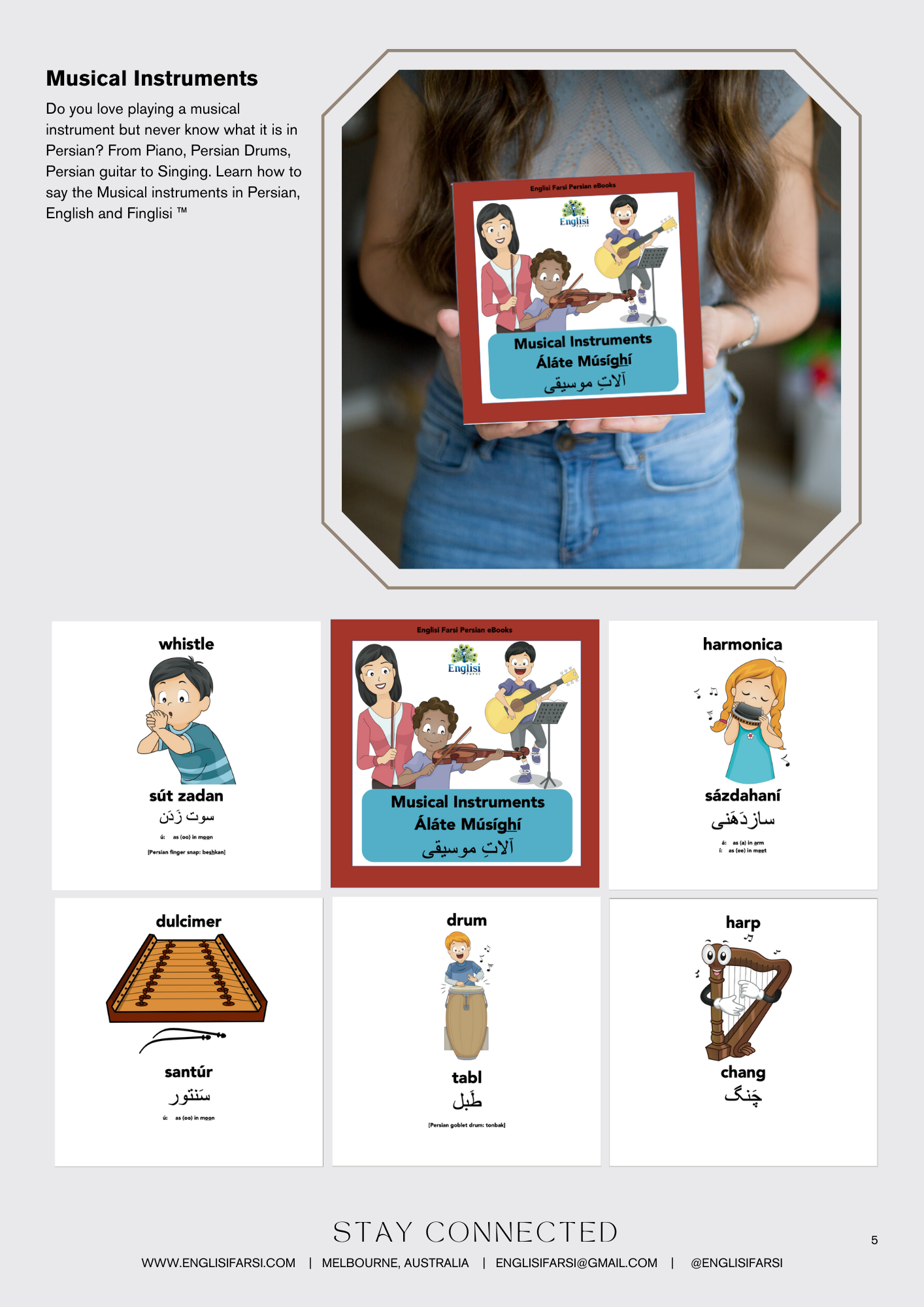Persian Feelings Ehsását 🥰
Persian Feelings / Emotions

Helping children understand and express their emotions is an essential aspect of their social and emotional development. In this post, we will explore the power of teaching children Persian names for emotions. By incorporating Persian vocabulary into their emotional vocabulary, we can deepen their cultural connection while expanding their linguistic and emotional horizons.
Why Teach Persian Names for Emotions? Language plays a significant role in shaping our understanding and expression of emotions. By teaching children Persian names for emotions, we provide them with a broader emotional vocabulary. This not only enhances their communication skills but also fosters a sense of cultural identity and connection to their Persian heritage.
-
Begin with Simple Emotions: Start by introducing children to simple emotions such as happiness (khoshhal), sadness (ghamgín), anger (khashm), and fear (tars). Use relatable examples, stories, or visual aids to help them understand the meaning and context of these emotions.
-
Expand to Complex Emotions: As children grasp the basics, gradually introduce them to more nuanced emotions. Teach them Persian names for emotions like excitement (heyeján), surprise (ta'ajjob), frustration (afsús), and contentment (rezáyat).
-
Use Visual and Interactive Tools: Utilize visual aids such as emotion cards or charts displaying different facial expressions. Encourage children to identify and associate each emotion with its Persian name. Engage them in interactive activities like
-
Utilize visual aids such as emotion cards or charts displaying different facial expressions. Encourage children to identify and associate each emotion with its Persian name. Engage them in interactive activities like role-playing or drawing to express and explore various emotions.
-
Relate Emotions to Personal Experiences: Encourage children to share their personal experiences associated with different emotions. Create a safe and non-judgmental space for them to express their feelings openly. Discuss the appropriate ways to manage and cope with each emotion.
-
Incorporate Music and Art: Music and art have a profound impact on emotional expression. Introduce Persian songs or poems that depict different emotions. Engage children in creating artwork that represents various feelings, encouraging them to express themselves through colors, shapes, and textures.
-
Cultural Context and Stories: Connect the teaching of emotions with Persian culture and traditions. Share stories, folktales, or anecdotes that highlight emotional experiences. Discuss how emotions are portrayed in Persian literature, poetry, or traditional celebrations.
-
Practice and Reinforce: Consistent practice is key to language acquisition. Regularly incorporate Persian emotional vocabulary into daily conversations, storytelling, or problem-solving situations. Encourage children to express their emotions in Persian, reinforcing their learning through repetition.
Conclusion: Teaching children Persian names for emotions provides them with a valuable linguistic and cultural foundation. By expanding their emotional vocabulary, we enable them to understand and express their feelings more effectively. This process not only promotes their language development but also strengthens their connection to their Persian heritage.
As parents and educators, we play a vital role in nurturing children's emotional intelligence. By embracing the richness of Persian language and culture, we empower our children to navigate their emotions with confidence and connect with their cultural identity. Let's embark on this journey together, celebrating emotions in Persian and fostering a deeper understanding of ourselves and others.



















